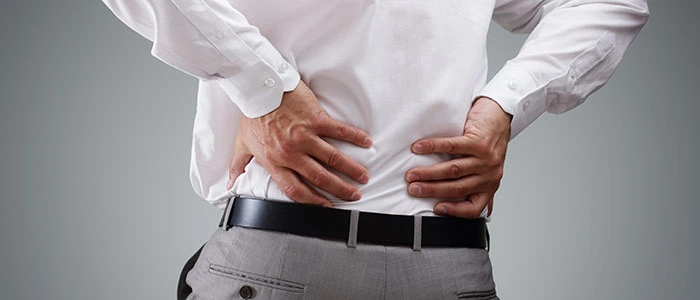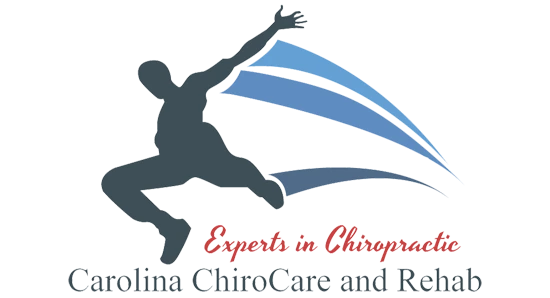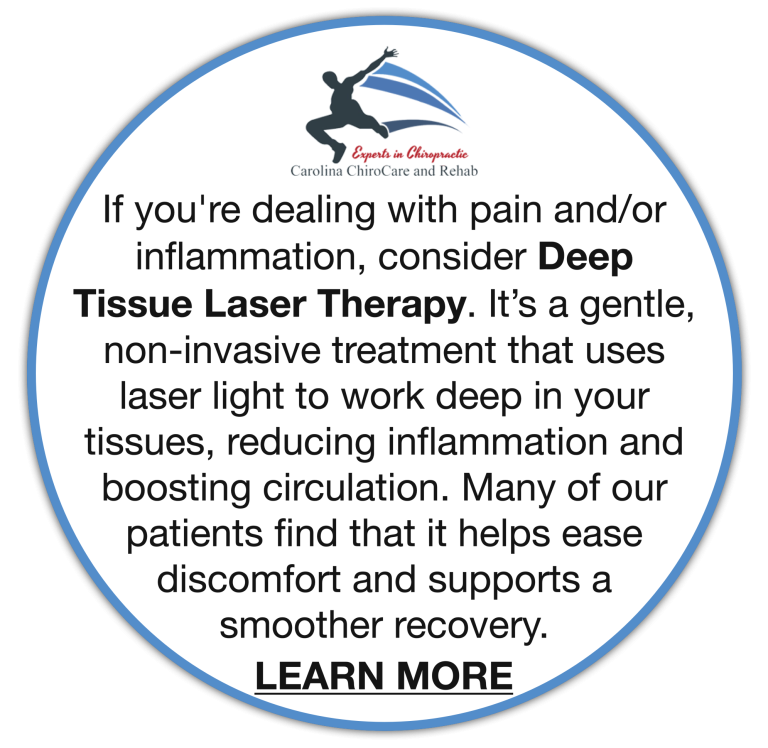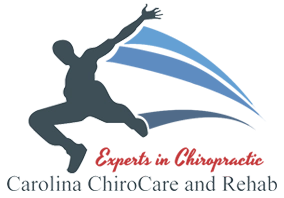CHRONIC LOW BACK PAIN TREATMENT

Low back pain is a very common problem. Approximately 80% of us experience low back pain at some point in our lives. And, 25% of adults have had lower back pain in the recent past.
Low back pain affects women and men equally and is the leading cause of work-related disability and missed workdays. Low back pain can develop gradually through degeneration and arthritis in the spine or can occur suddenly through a sprain/strain or a disc herniation.
While most lower back pain will resolve within a few weeks, it is estimated that 20% of those who developed an acute onset of low back pain will still have persistent symptoms a year later. So, what can one do to prevent and manage lower back pain to prevent it from becoming a chronic or disabling condition?
Best initial treatment for low back pain?
If your odds are around 20% of acute low back pain becoming chronic, and having the condition a year later, it's important to tackle it right away! You wouldn't want to take those odds to Vegas at the blackjack tables or get on the plane that had a 20% chance of crashing.
Chiropractic spinal adjustments have repeatedly been shown to effectively treat acute low back pain. A recent study looked at maintenance spinal adjustments in which participants received regular follow up care after the initial bout of low back pain had resolved. Group 1 received 12 sham or fake chiropractic treatments for one month. Group 2 received 12 treatments for one month, but no treatments after that. Group 3 received 12 treatments for one month followed by maintenance care of chiropractic adjustments two times a month for the next nine months.
The researchers concluded that groups two and three had significantly less low back pain and disability scores in the groups then group one. which received the fake chiropractic adjustments or "sham" adjustments. The third group experienced the most improvement with their low back pain and disability scores at the conclusion of the ten-month study.
Consider getting on a maintenance schedule with your chiropractor once the initial severe sharp pain in your lower back has subsided.
Exercise to treat low back pain
The sooner you can start exercising and stretching the muscles, ligaments, and joints in your lower back and core the better your long-term outcomes will be, and the less risk you'll have developing chronic low back pain or disability. Important to note: exercise is not recommended for the first several days after an injury.
Studies in which subjects received chiropractic spinal adjustments with therapeutic rehab exercises show the participants routinely do better in their outcomes, recovery times, and long-term outcome measurements like returning to work and regular activities.
If you're experiencing an acute bout of lower back pain make sure to have your doctor or physical therapist evaluate you for tight hamstring muscles, weak core strength, weak spinal extensors muscles, poor posture, and other structural problems that can predispose you to develop chronic low back pain after an acute episode.
Get some ice on your back within the first 72 hours after injury.
Ice helps release chemicals in your body called endorphins, which help block pain signals from registering with your brain, decreasing anxiety, depression, and stress.
Ice also constricts the blood flow to the injured area, limiting the number of inflammatory chemicals being released when there is an injury. These chemicals help drive pain and excite sensitive pain nerves in and around your lower back. Limiting the amount of these chemicals your body releases when it experiences an injury is critical to limiting the amount of inflammation and decreasing the odds that your body will develop chronic lower back pain from an acute onset of lower back pain.
In health,
Dr. Jeffrey Gerdes D.C.
OFFICE HOURS
Monday
9:00am - 6:00pm
Tuesday
9:00am - 6:00pm
Wednesday
9:00am - 6:00pm
Thursday
9:00am - 6:00pm
Friday
10:00am - 4:00pm
Saturday & Sunday
Closed
Carolina ChiroCare and Rehab




